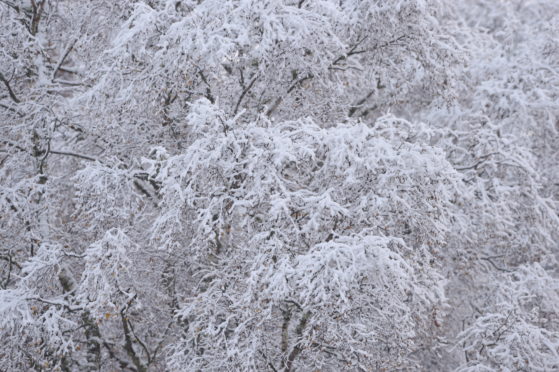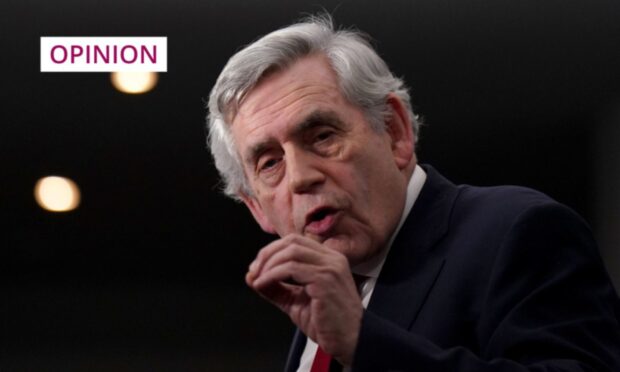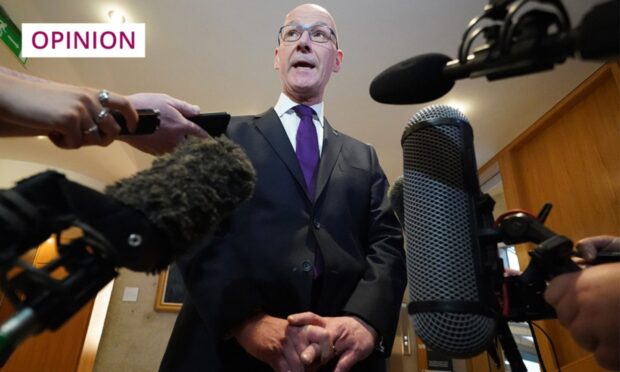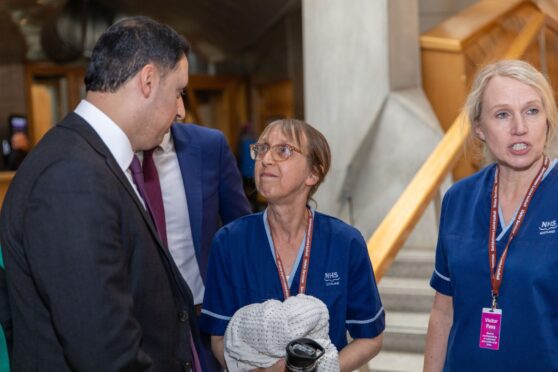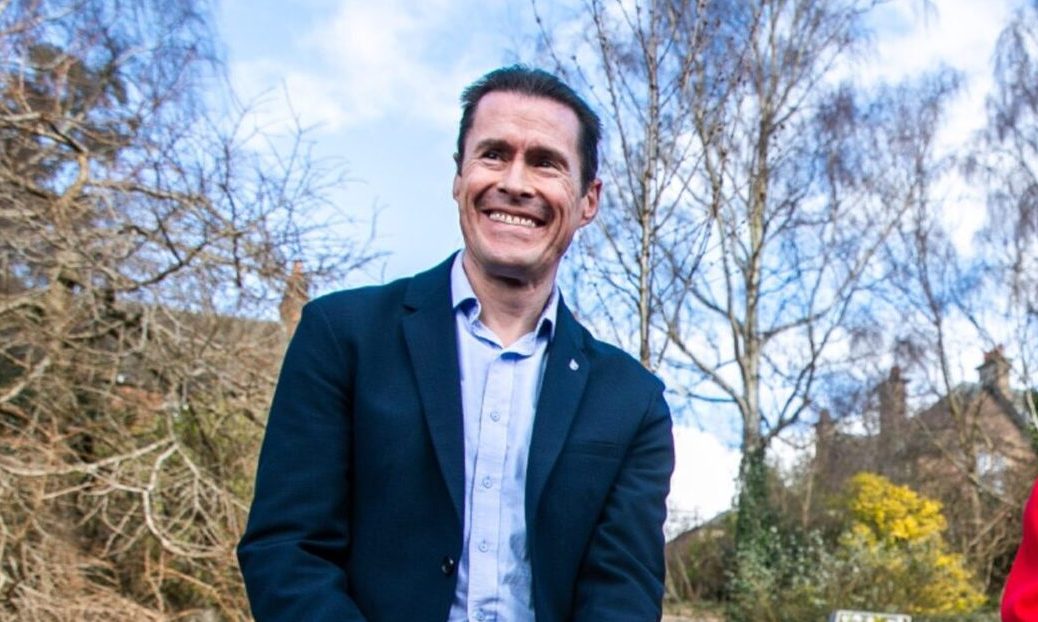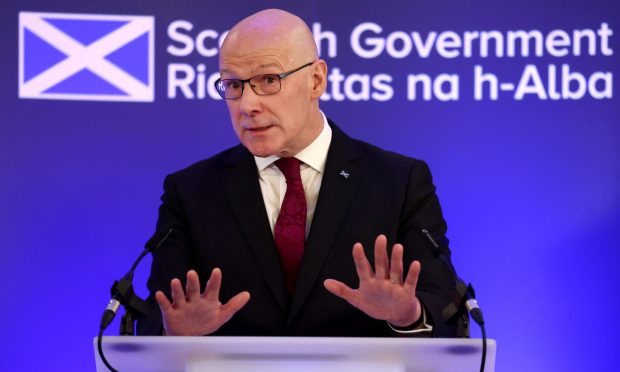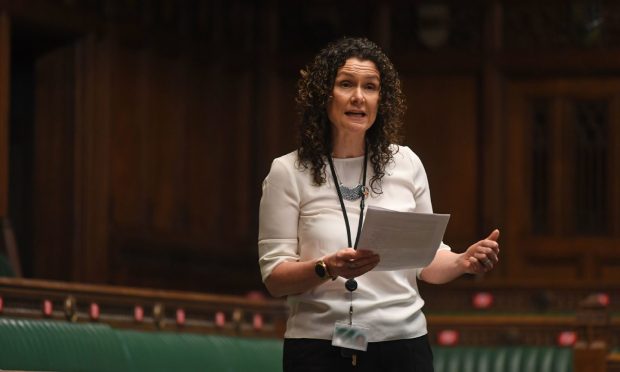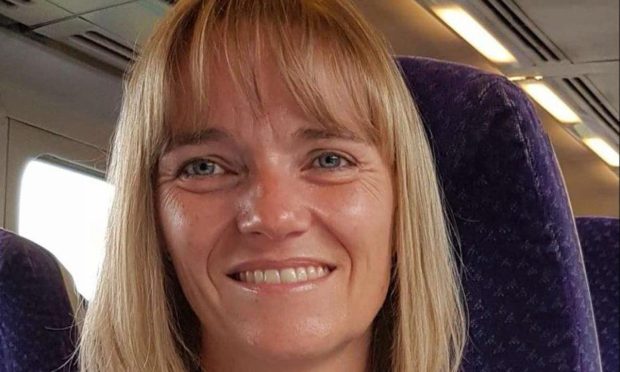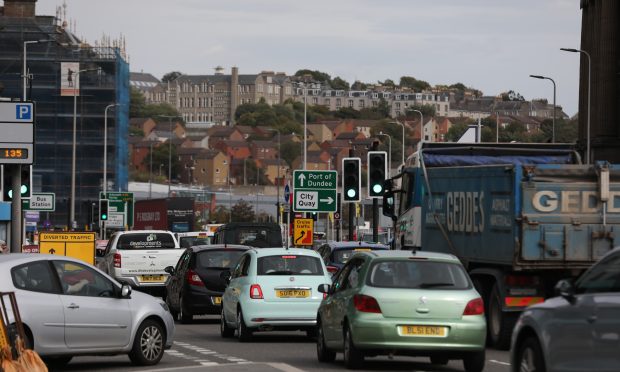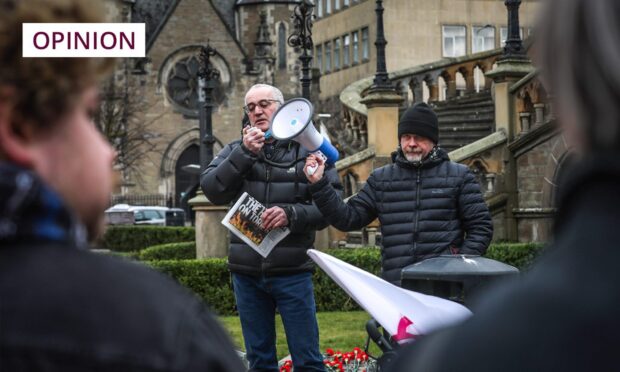A cold snap is due to hit Britain just in time for election day on December 12, forecasters have warned.
Meteorologists at the Met Office have predicted a wintry spell will arrive for election week, covering the UK in frost and seeing temperatures plunge to sub-zero in some areas.
The long-term forecast also suggests snowfall in Scotland and the Pennines, with the rest of the UK to be hit by blustery winds and freezing fog.
Looking ahead to mid-December, the Met Office predicts “rain and transient mountain snow” will cross the UK at the beginning of the week, followed by “blustery showers” which will be heaviest in the west.
Meteorologists suggest “the more unsettled theme is likely to persist” in election week, with longer spells of rain, wintry showers and harsh winds.
Temperatures are predicted to drop throughout the week, dipping below normal towards election day with a greater chance of frost developing.
There is also a warning in place over an increased risk of wintry showers further north, with a low risk of more widespread snow and frost and freezing fog also possible.
There has not been a December election since 1923, and some have argued that the icy temperatures are a good reason why.
As recently as December 2017 snow and freezing conditions led to travel disruption across the UK, with 28cm falling Sennybridge in Wales and 12cm in the Chilterns.
All recent elections have taken place in April, May or June, with the last polling day in winter on February 28 1974.
Nicola Maxey, a spokesperson for the Met Office, said: “The unsettled weather is set to continue with rain and strong winds at times.
“Colder weather, particularly developing on Wednesday to Thursday, has the potential of snowfall on some hills and mountains in Scotland and a dusting on the Pennines.”
Temperatures on polling day are also due to be “slightly below average”, she added, noting that December 12 is currently outside of the Met Office’s detailed forecast range and that a more accurate picture will be provided nearer the date.
Talk of possible snow combined with a drop in temperatures and winter’s reduced daylight hours has raised some concerns that this year’s general election could see lower turnout than the 68.7% achieved in 2017.
However, experts say there is no correlating evidence to show that bad weather in the UK stops people from voting.
Ben Page, CEO of Ipsos MORI, said: “In terms of winter elections, we only really have February 1974 to go on. Then the weather was bad but the turnout (79%) was high, and up on 1970.
“By contrast, for the Blair 1997 landslide, temperatures rose to the mid-20s, but turnout (71%) was down on 1992.”
